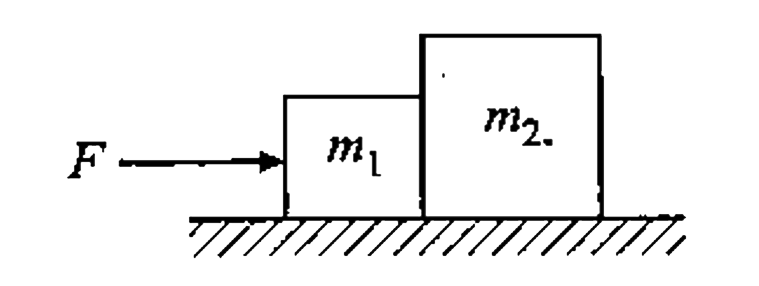Topper's Solved these Questions
NEWTONS LAWS OF MOTION
PHYSICS GALAXY - ASHISH ARORA|Exercise Practice Exercise|23 VideosNEWTONS LAWS OF MOTION
PHYSICS GALAXY - ASHISH ARORA|Exercise Practice Exercise 2.2|1 VideosNEWTONS LAWS OF MOTION
PHYSICS GALAXY - ASHISH ARORA|Exercise Practice Exerice 2.1|1 VideosLINEAR MOMENTUM & ITS CONSERVATION
PHYSICS GALAXY - ASHISH ARORA|Exercise exercise 1.3|3 VideosRIGID BODIES AND ROTATIONAL MOTION
PHYSICS GALAXY - ASHISH ARORA|Exercise Unsolved Numerical|63 Videos
Similar Questions
Explore conceptually related problems
PHYSICS GALAXY - ASHISH ARORA-NEWTONS LAWS OF MOTION-Practice Exerice
- Two blocks with masses m(1)=3kg and m(2) = 4kg are touching each othe...
Text Solution
|
- The three blocks in figure-2.25 are released from rest and accelerate ...
Text Solution
|
- A block of mass M is pulled along a horizontal frictionless surface by...
Text Solution
|
- A block A of mass M on an inclined surface and a small weight B of mas...
Text Solution
|
